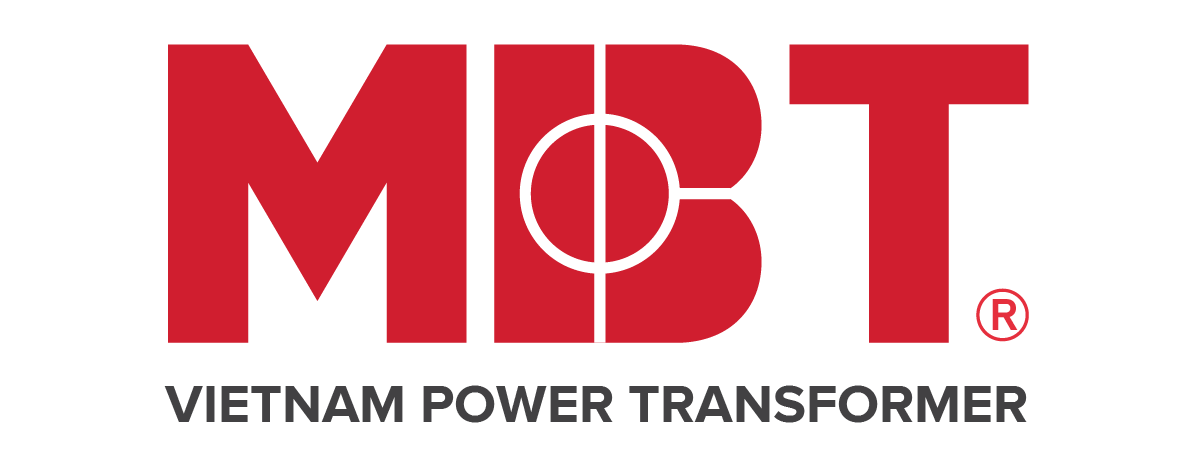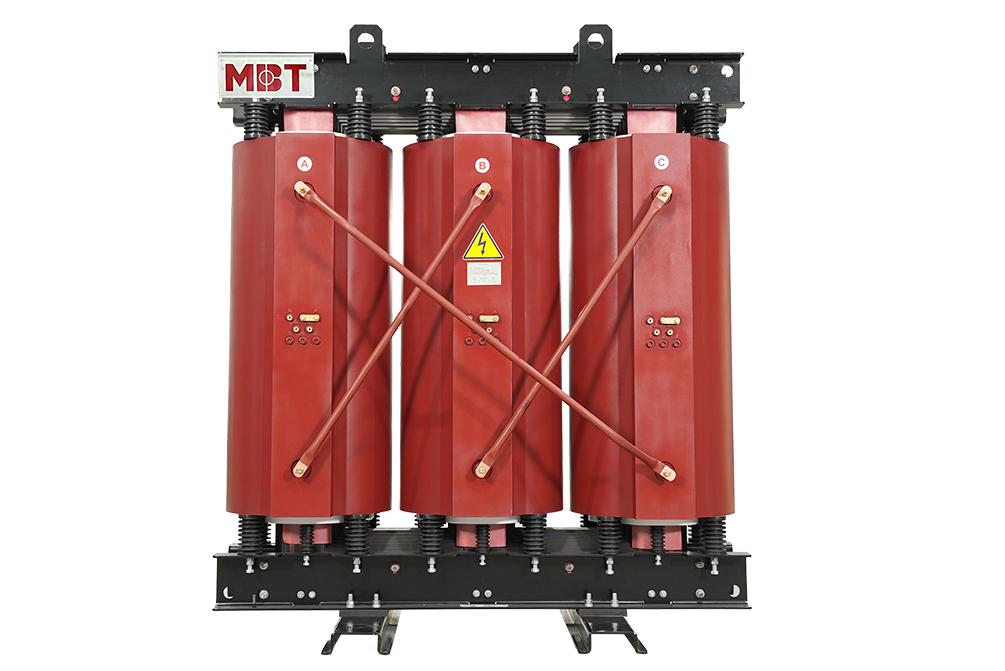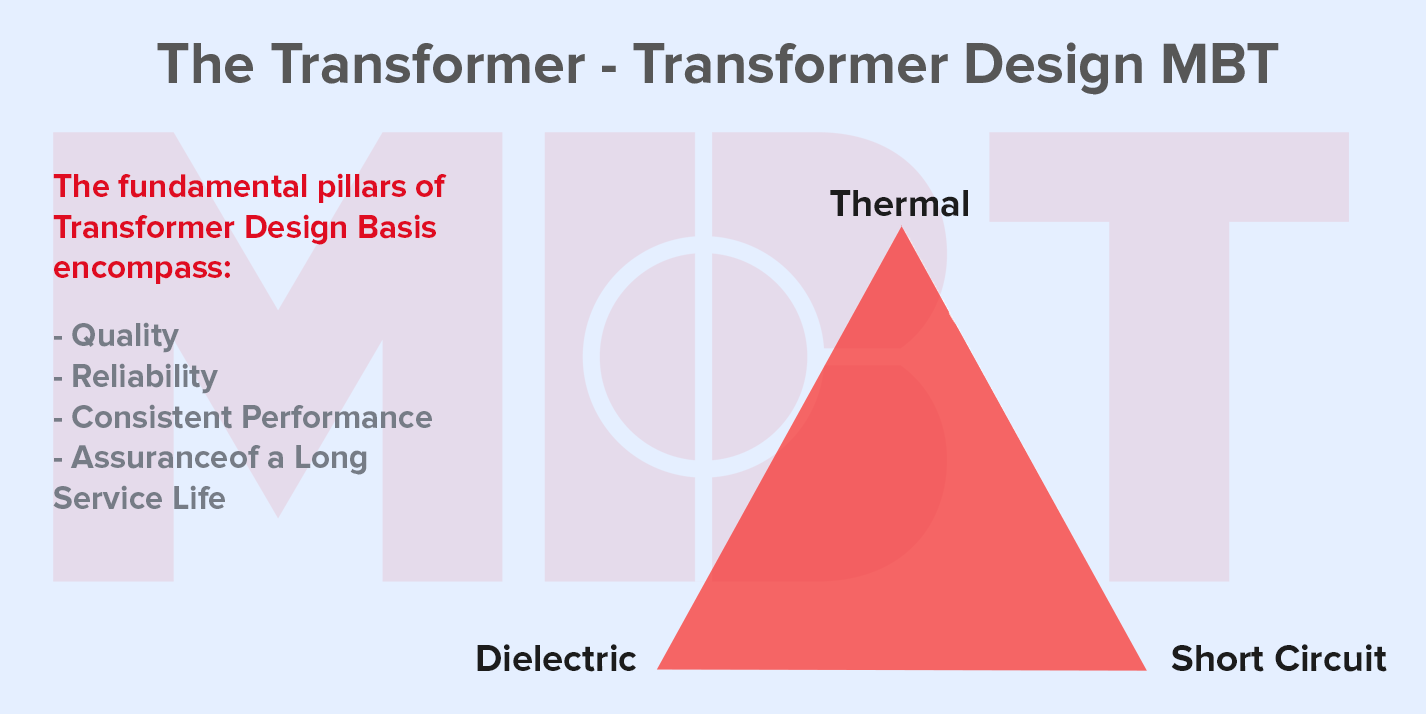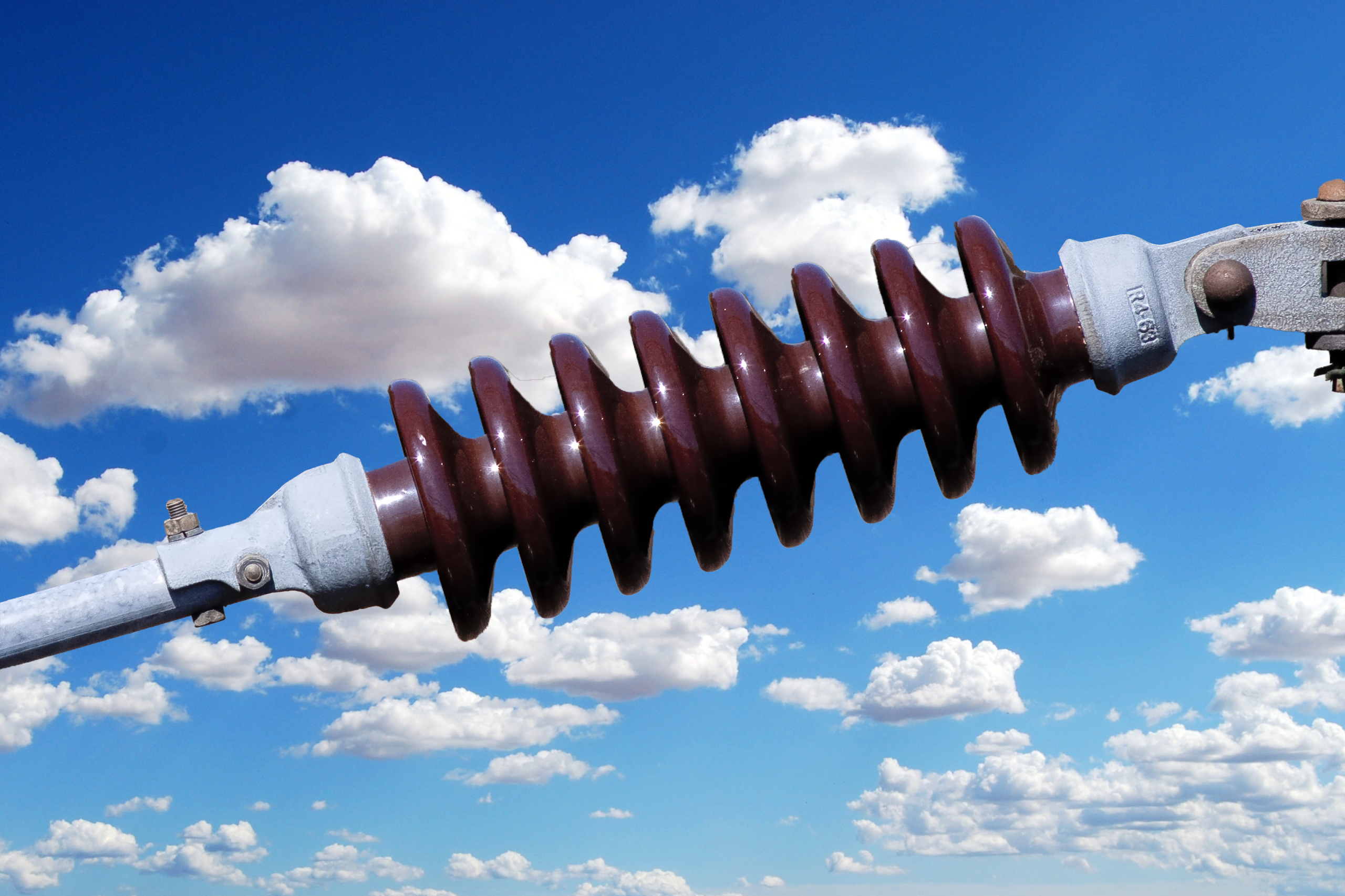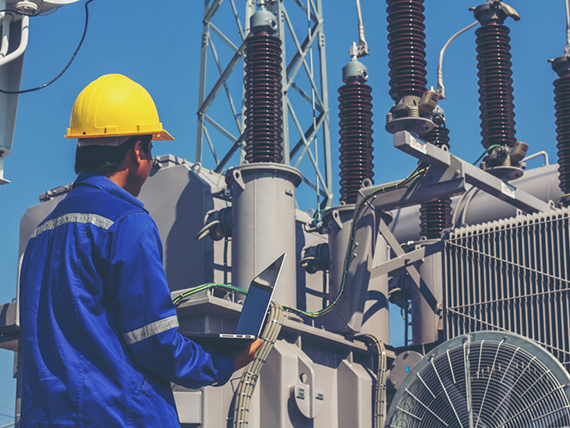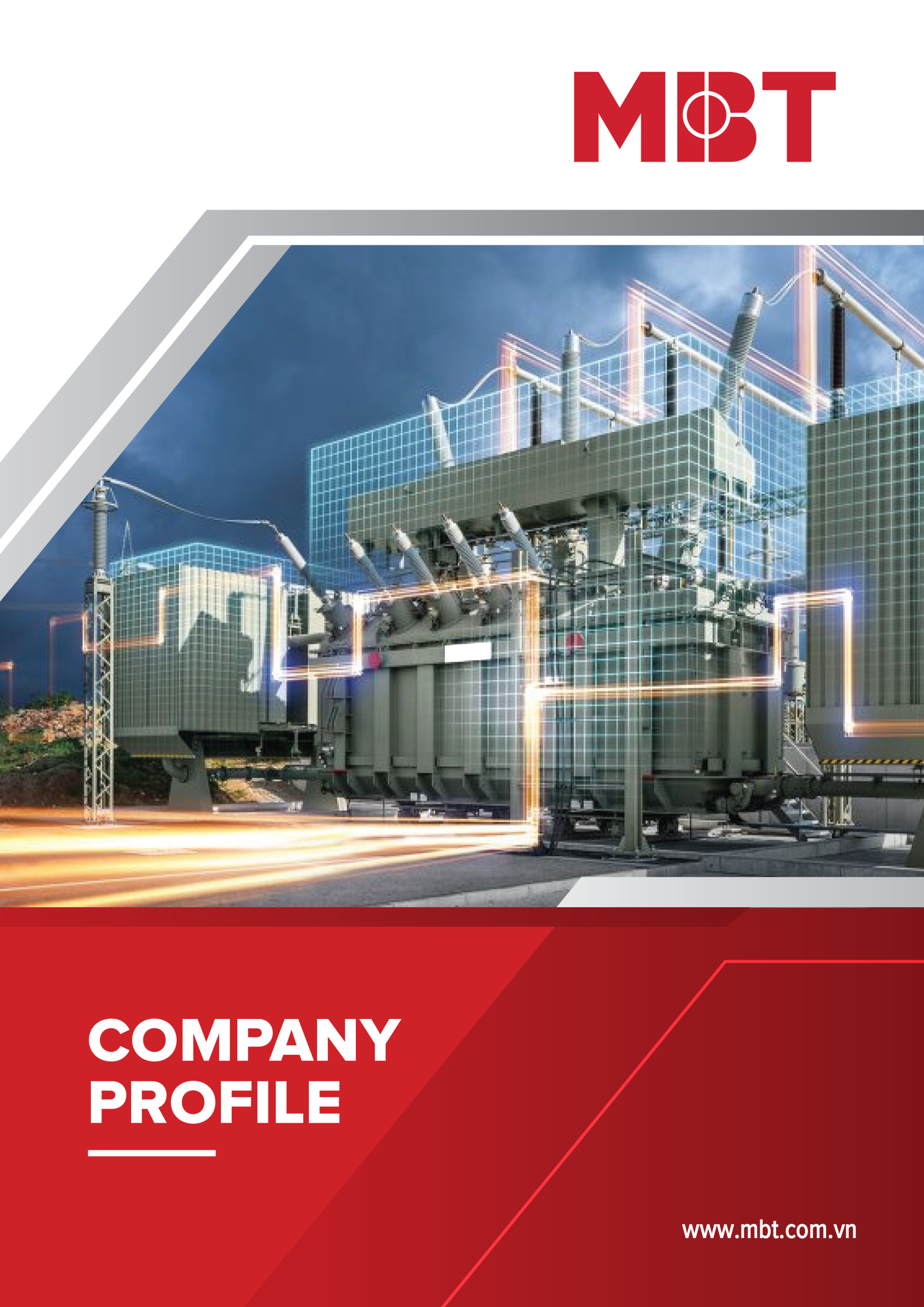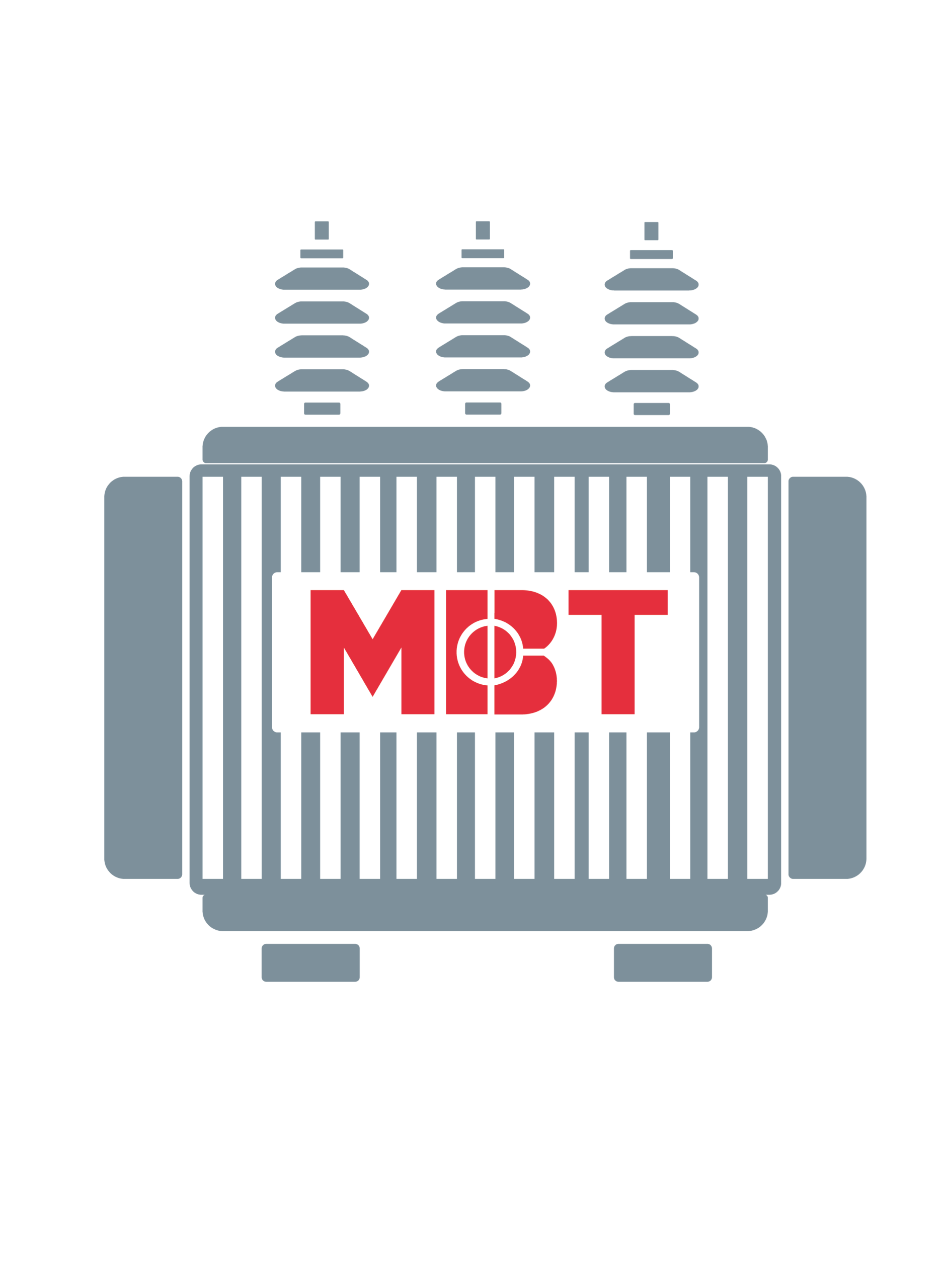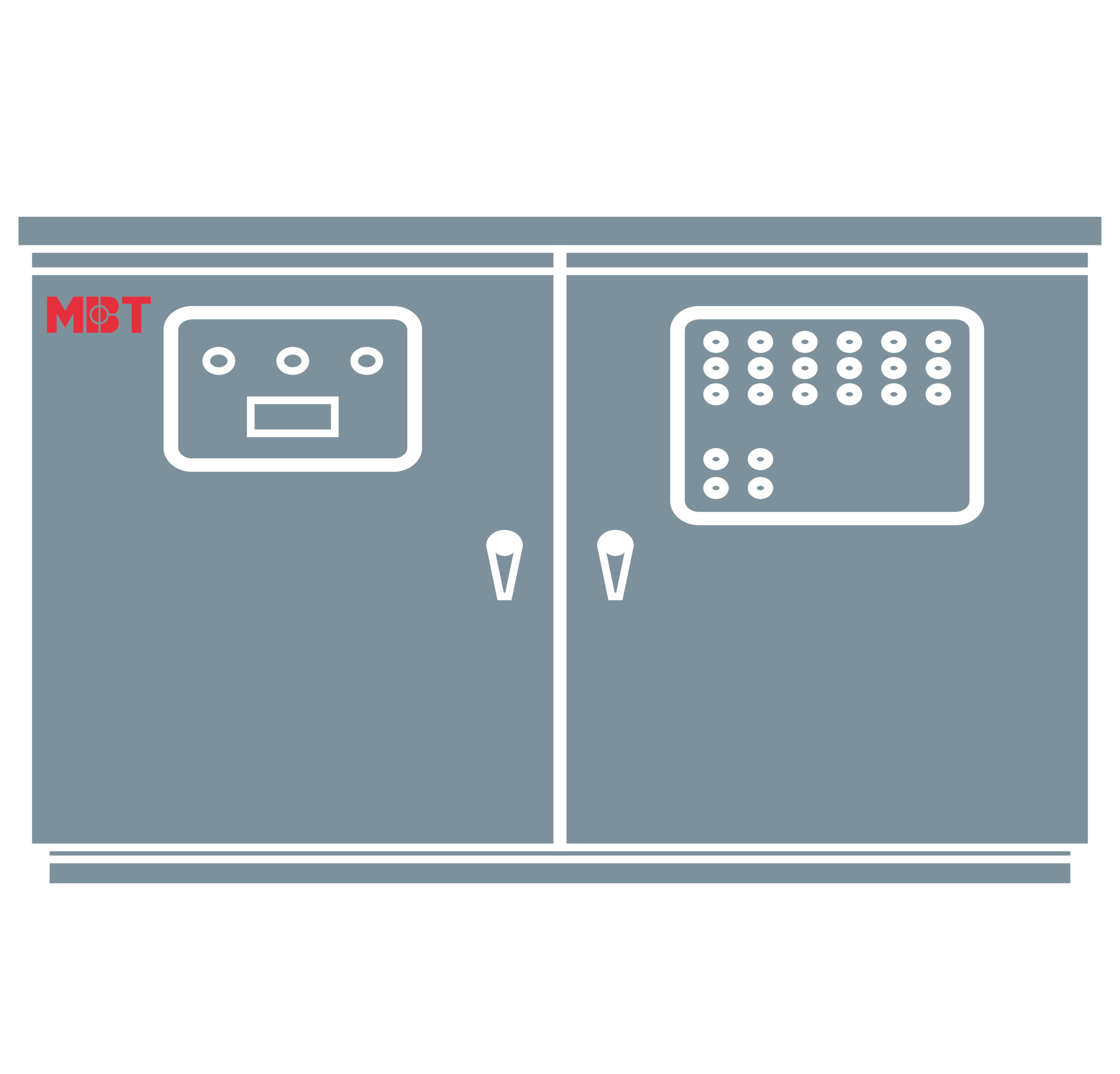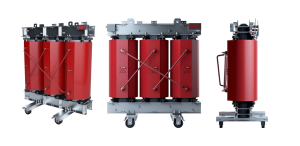
What is a dry transformer? Classification and applications of dry transformers
Like any other electrical equipment, a dry type transformer contains various components. This structure ensures efficiency in its functionality. Among various types of transformers, the dry-type transformer or cast resin transformer are the most commonly used due to their numerous benefits such as enhanced security, prevent from explosion and damaged. To help you make the right purchase, let’s look at all you need to know about them.
Table of contents:
1. What is dry type transformer?
2. Difference between dry-type and oil-type transformers
3. How many types of dry-type transformers
4. Application of dry-type transformer
5. Where to buy a good dry-type transformer
1. What is dry type transformer?
The dry-type transformer is a completely stationary solid-state device and it requires less maintenance to provide service with few failures. This transformer does not contain any moving parts. Unlike liquid-filled transformers, this transformer uses only high-temperature insulation as they are very environmentally safe. These transformers provide a stable and safe source of electricity without the need for a fire pit, which would otherwise emit harmful gases.
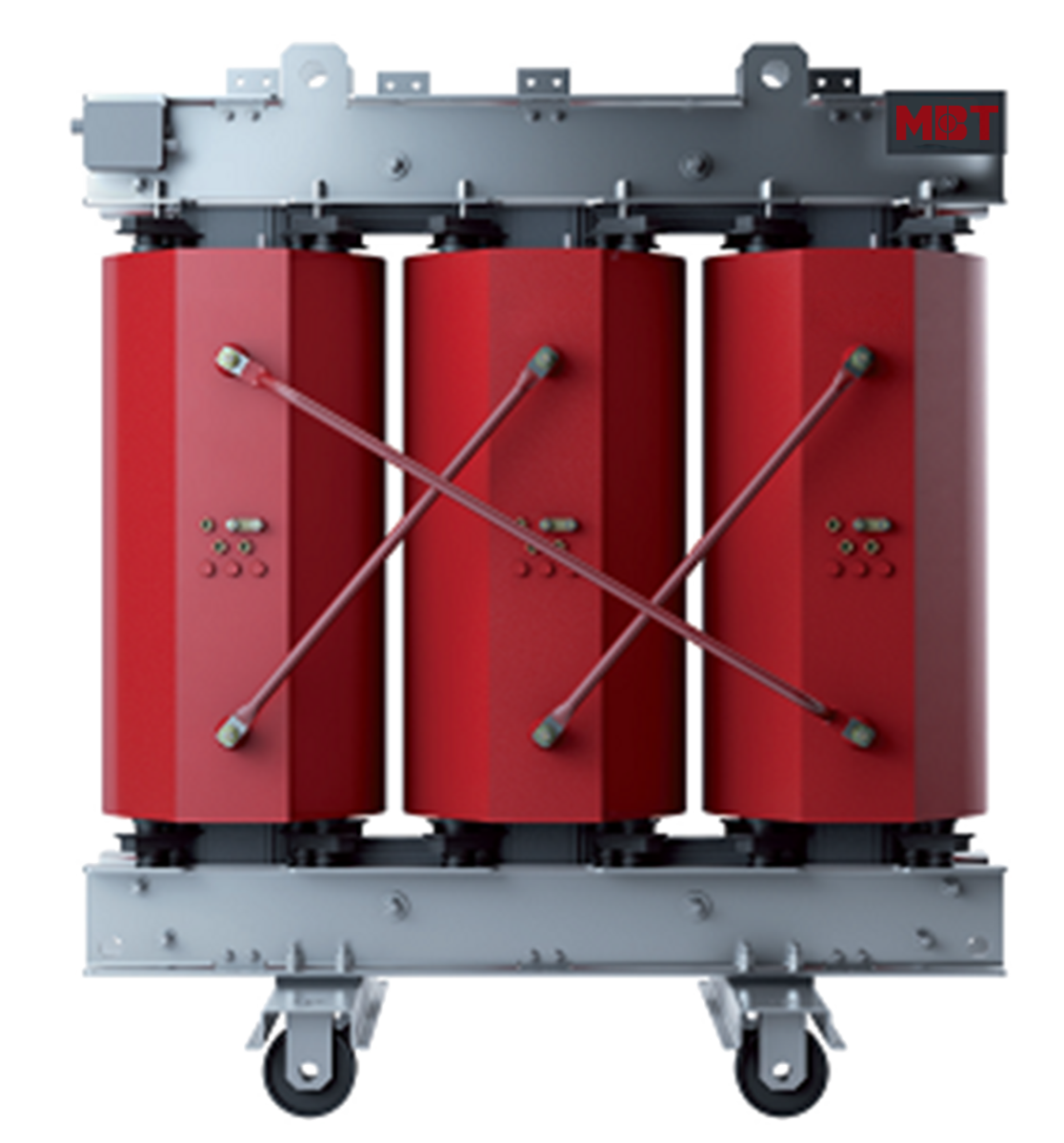
Image 1: MBT dry-type transformers
2. Difference between dry-type and oil-type transformers
There are two types of transforms that are being used: Dry-types transformes and oil-filled transformers (Also known as oil-immersed transformers, liquid filled transformers). They serve as the same purpose, but have major differences of construction. These differences make certain types of transformers are better for certatin situations.
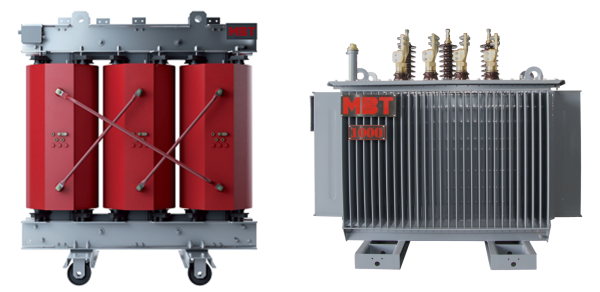
Image 2: dry-type and oil-type transformers
COOLING MEDIUM
A cooling medium is very important to prevent the transformer from overheating and becoming a potential fire or explosion hazard. Overheating is inevitable when the transformer is under load, but it must be addressed because the temperature rise is unacceptable when the transformer is in use.
Dry type transformers use air as the cooling medium, while oil transformers use oil instead of air.
Some public places do not use oil filled transformers as they are considered a major fire hazard and use dry type transformers instead. This is because the liquid being used is flammable. Oil spills, leaks, or contamination situations can easily arise and put building occupants at risk. For this reason, they are restricted to outdoor installation.
Dry type transformers is a safer choice and you will see them in public places like transportation hubs and company buildings.
MAINTENANCE
In general, oil-filled transformers require more frequent maintenance procedures than dry-type transformers.
Oil also needs to be sampled so that there is no problem of contamination. The dry type is resistant to chemical contaminants, which means it won't have to come apart every time a minor accident occurs
PRICE
Oil-filled transformers are generally cheaper than dry-type variants, with some exceptions.
SOUND OPERATING LEVEL
Transformers are commonly known to be noisy when they are running. With that said, oil-types transformers run quieter than dry-type transformers.
EFFICIENCY
Oil-filled transformers are known to be more efficient than dry-type transformers, which are limited in their voltage rating and size.
This makes dry transformers susceptible to overheating if they are overloaded and it is important to remember that their performance is limited under overload. As a result, maintaining dry-type transformer power is also more costly over time.
Those are the main differences that exist between oil-type transformers and dry-type transformers. Your choice of transformer will depend on your safety requirements and your purchase budget.
3. How many types of dry-type transformers
There are two types of dry-type transformers:
-
Cast Resin Dry Type Transformer (CRT) (Imange 3)
-
Vacuum pressure Impregnated Transformer (VPI) (Imange 4)
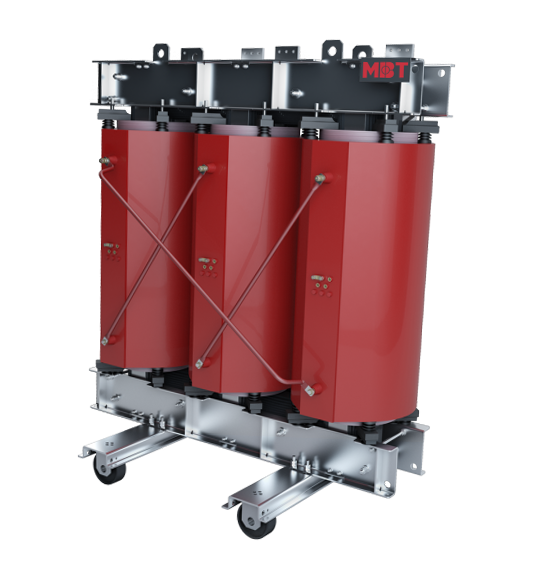
Image 3: Cast Resin Dry Type Transformer (CRT)
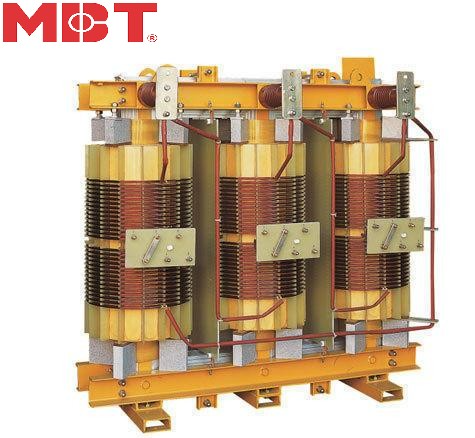
Image 4: Vacuum pressure Impregnated Transformer (VPI)
4. Application of dry-type transformer
Due to safety factors, there are some applications of dry-type transformers
-
Chemical industry, oil and gas
-
Environmentally sensitive areas (e.g. water protected areas)
-
Fire hazard areas (e.g. forest)
-
Inner city substation
-
Indoor and underground substations
-
Renewable production (e.g. offshore wind turbines)
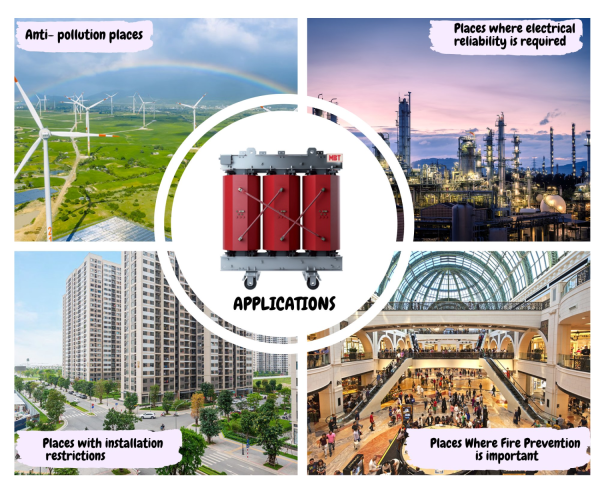
Image 5: Application of dry-type transformer
5. Where to buy a good dry-type transformer
To buy good dry-type transformers, you should choose company have high prestige in the market. Their transformer have to meet internatinonal standard such as: ISO, ANSI, IEC,..
To make sure that your transformer operates stably and reduces risk, damage for project and human.
With 13 years of manfacturing electrical equipment, MBT is a brand of transformer products that has a high reputation in the market. With the strength of experience and technological lines in the field of manufacturing, a good team of engineers, skilled technical workers and abundant customer partners in many fields, so we are always leading in quality of service and price.
Access to:
Dry-type transformer construction
If you need quotation or cosultation, contact us with information below:
Phone number/whatsapp: +84 913 006 538
Mail: info@mbt.vn
Address: Song Cung Industrial Zone, Dong Thap Commune, Dan Phuong District, Hanoi, Vietnam.
